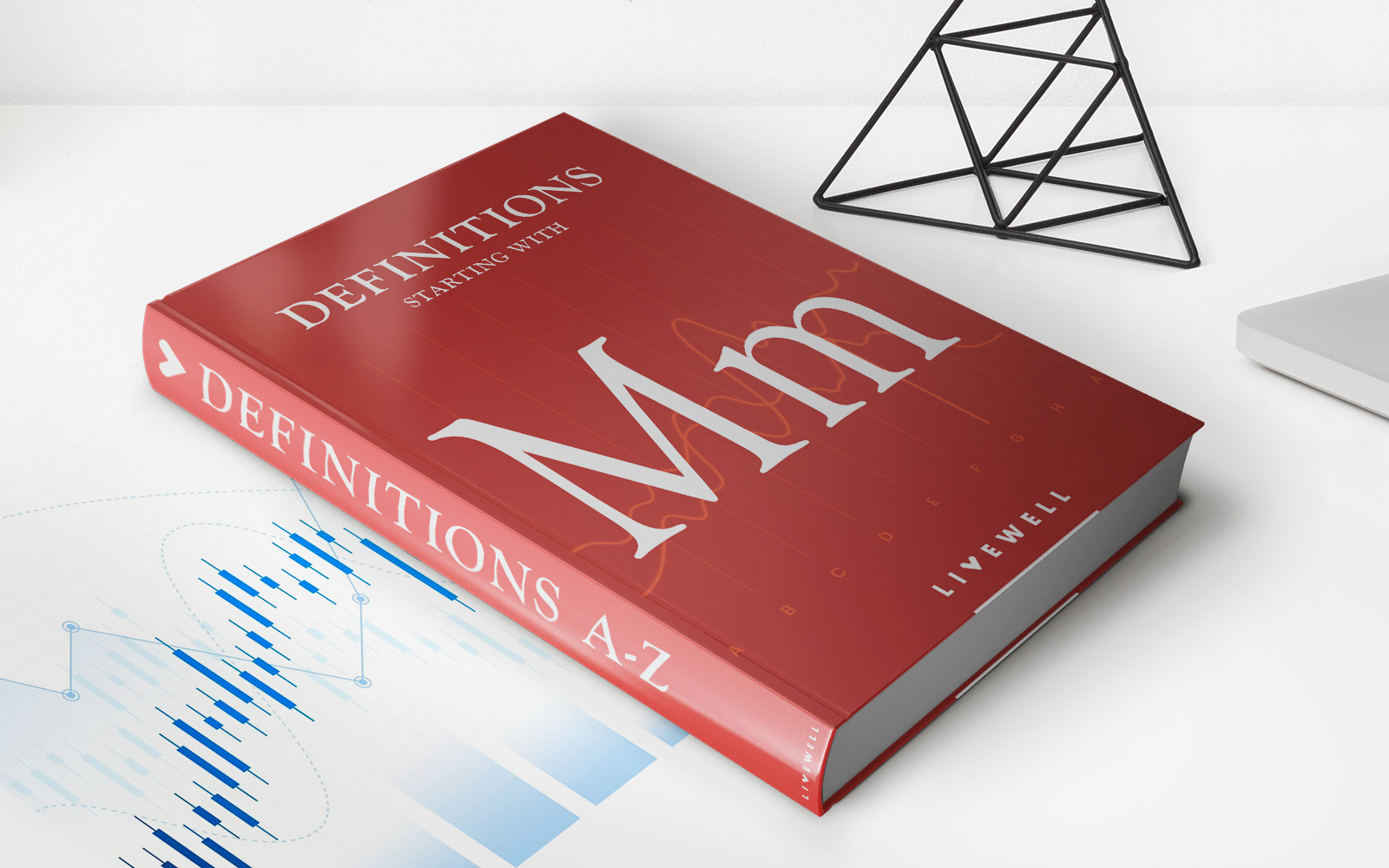Home>Finance>Inventory Management Defined, Plus Methods And Techniques


Finance
Inventory Management Defined, Plus Methods And Techniques
Published: December 12, 2023
Discover the importance of finance in inventory management, and learn the most effective methods and techniques for optimizing your inventory levels.
(Many of the links in this article redirect to a specific reviewed product. Your purchase of these products through affiliate links helps to generate commission for LiveWell, at no extra cost. Learn more)
Inventory Management Defined, Plus Methods and Techniques
Welcome to our finance category! In this blog post, we will delve into the world of inventory management, discussing what it is, why it is important, and the various methods and techniques that businesses use to effectively manage their inventory. Whether you’re a business owner, a financial professional, or simply curious about the topic, this comprehensive guide will provide you with valuable insights into the world of inventory management.
Key Takeaways:
- Inventory management is crucial for businesses to optimize their supply chain, reduce costs, and meet customer demands efficiently.
- Effective inventory management methods include Just-In-Time (JIT), Economic Order Quantity (EOQ), and ABC Analysis.
What is Inventory Management?
Inventory management can be defined as the process of efficiently overseeing and controlling a company’s stock of goods or materials. It involves recording and tracking inventory levels, ordering new stock, and ensuring a balance between supply and demand. Effective inventory management helps businesses minimize costs, avoid stockouts, optimize production, and maintain customer satisfaction.
Now, let’s explore some of the popular methods and techniques used in inventory management:
1. Just-In-Time (JIT)
Just-In-Time (JIT) is a method aimed at minimizing inventory levels by receiving goods only when needed in the production or sale process. This technique ensures that inventory is replenished based on the actual demand, reducing the risk of excessive stock and associated carrying costs. JIT also promotes efficiency and streamlines the supply chain, enabling businesses to meet customer needs promptly.
2. Economic Order Quantity (EOQ)
Economic Order Quantity (EOQ) is a formula-based approach that determines the optimal order quantity to minimize total inventory costs. By considering factors such as demand, holding costs, and ordering costs, businesses can strike a balance between excessive inventory and stockouts. The EOQ model takes into account variables like carrying costs and order frequency to calculate the most cost-effective order size.
3. ABC Analysis
ABC Analysis, commonly known as the 80/20 rule, is based on the Pareto principle, which states that roughly 80% of the effects come from 20% of the causes. In inventory management, this concept is applied to classify items as A, B, or C, based on their value. Class A items are high-value items that require close monitoring and frequent restocking, while class C items are low-value items with less frequent restocking needs. This technique helps businesses prioritize their inventory management efforts and allocate resources efficiently.
Other notable inventory management techniques include First-In, First-Out (FIFO) and Last-In, First-Out (LIFO), which determine how goods are valued and sold, and the Just-In-Case (JIC) method, which involves holding safety stock as a buffer against unexpected demand or supply disruptions.
In Conclusion
Inventory management plays a vital role in the success of businesses across various industries. By employing effective inventory management methods and techniques like JIT, EOQ, and ABC analysis, companies can optimize their supply chains, reduce costs, and meet customer demands efficiently. So, whether you own a small business or work in finance, understanding the principles of inventory management will undoubtedly contribute to your success in the dynamic world of business.














